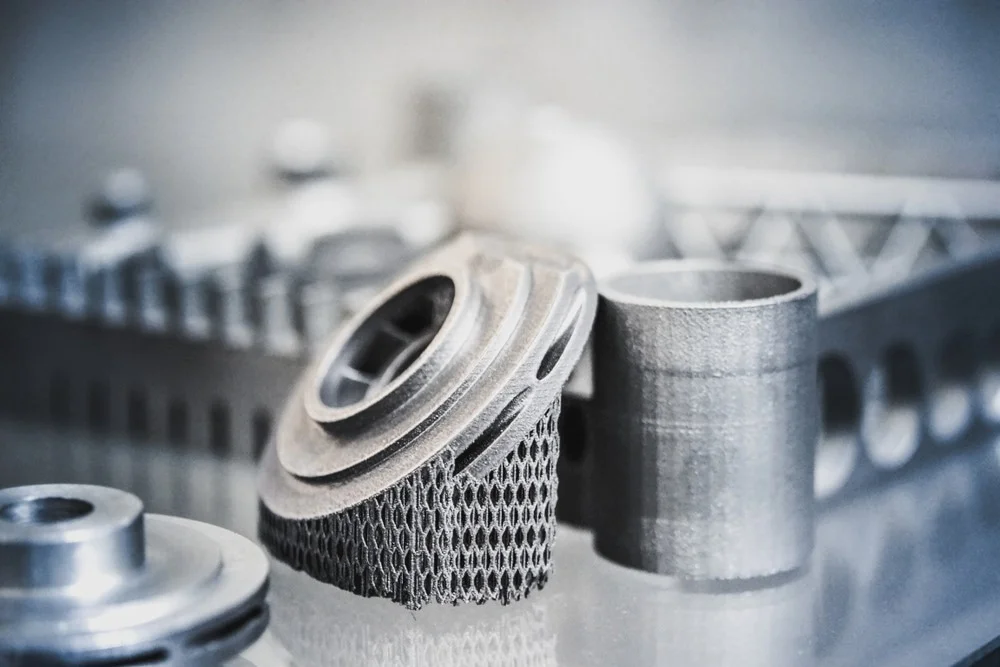ISO 12112 Elevated Temperature Crack Growth Testing
The ISO 12112 standard is a critical tool in the metallurgical and materials testing industry. This test evaluates the susceptibility of materials to crack growth at elevated temperatures, which is essential for understanding the durability and reliability of components exposed to high-temperature environments.
Crack propagation under stress conditions is a significant concern in various sectors such as aerospace, power generation, oil & gas, and automotive industries. These environments often involve high temperature stresses that can lead to material failure if not properly assessed. The ISO 12112 test provides an accurate method for predicting the potential for crack initiation and propagation at elevated temperatures.
The test involves subjecting a specimen to a constant or cyclic stress and measuring the growth in cracks over time under controlled temperature conditions. This process helps engineers and quality managers identify materials that are prone to failure due to thermal fatigue, creep cracking, or other high-temperature induced degradation mechanisms. Understanding these behaviors is crucial for ensuring component integrity and preventing catastrophic failures.
The methodology of ISO 12112 is designed to provide a standardized approach that ensures consistent results across different laboratories. This standardization is vital in maintaining quality control and compliance with international regulations, especially when dealing with critical components like turbine blades, pipeline steels, or engine parts.
Preparing the specimen for this test involves precise machining of the part according to specific dimensions outlined in ISO 12112. The specimens are typically notched or have a pre-cracked surface to simulate real-world stress conditions where cracks might initiate. The test is conducted under controlled temperature and stress conditions, simulating the operational environment of the component.
The instrumentation used for this testing includes specialized testing machines capable of maintaining precise temperature control and applying the necessary stress loads. High-precision measurement equipment is also crucial to accurately measure crack growth over time. Once the test concludes, detailed reports are generated that include data on the rate of crack propagation, stress levels, and temperature conditions.
Understanding the results from this testing allows for informed decision-making regarding material selection and design optimization. Engineers can use these findings to enhance the durability and reliability of components in high-temperature applications, thereby reducing maintenance costs and potential downtime associated with unexpected failures.
Industry Applications
- Aerospace: Ensuring the safety and longevity of turbine blades and engine components.
- Petrochemical: Evaluating pipeline integrity under high-temperature conditions.
- Power Generation: Assessing boiler tubes and other critical parts for thermal fatigue resistance.
- Automotive: Testing exhaust systems and engine components that operate at elevated temperatures.
- Oil & Gas: Inspecting drilling equipment and production facilities exposed to harsh operating environments.
Why Choose This Test
The ISO 12112 test is chosen for its ability to provide precise data on crack growth under elevated temperature conditions. This precision is paramount in ensuring that materials meet the stringent requirements of various industries, particularly those involving high-temperature applications.
By using this standardized method, laboratories can ensure consistent and reliable results, which are essential for regulatory compliance and quality assurance. The test helps identify potential weaknesses in materials before they reach operational conditions, allowing engineers to make informed decisions regarding material selection and design optimization.
The ISO 12112 test also offers a cost-effective approach by preventing the premature failure of components that could lead to significant downtime or costly repairs. By identifying issues early through this testing method, organizations can extend the service life of their critical assets, thereby reducing overall operational costs.
Moreover, compliance with international standards like ISO 12112 is increasingly becoming a requirement for many industries. This standardization ensures that all stakeholders are working to the same criteria, which facilitates better communication and collaboration across different geographical locations.





